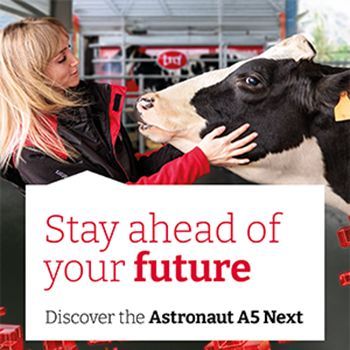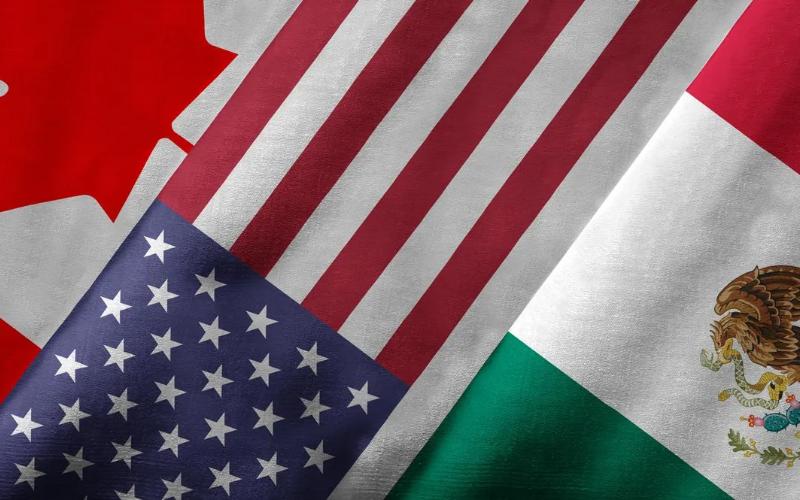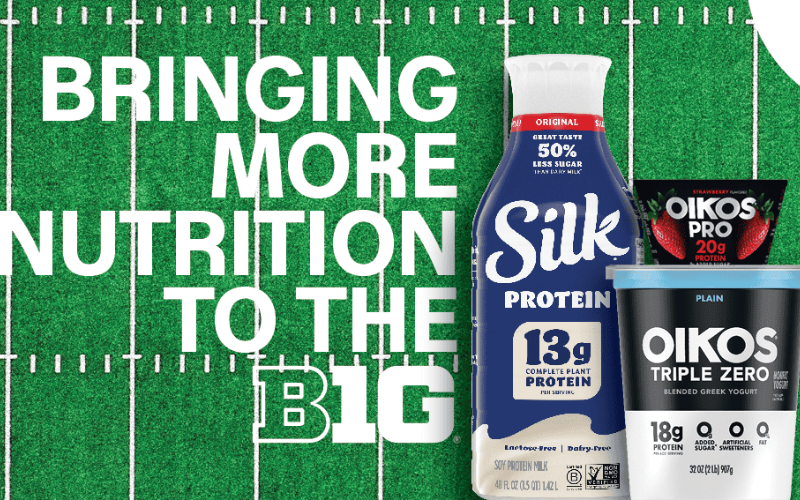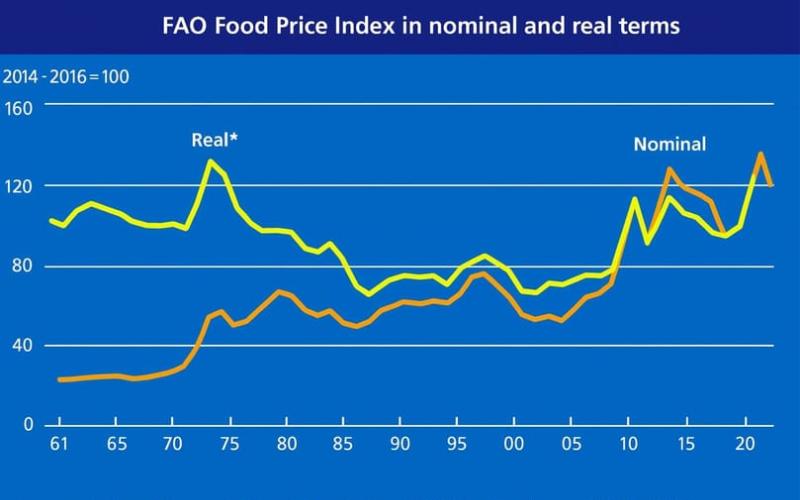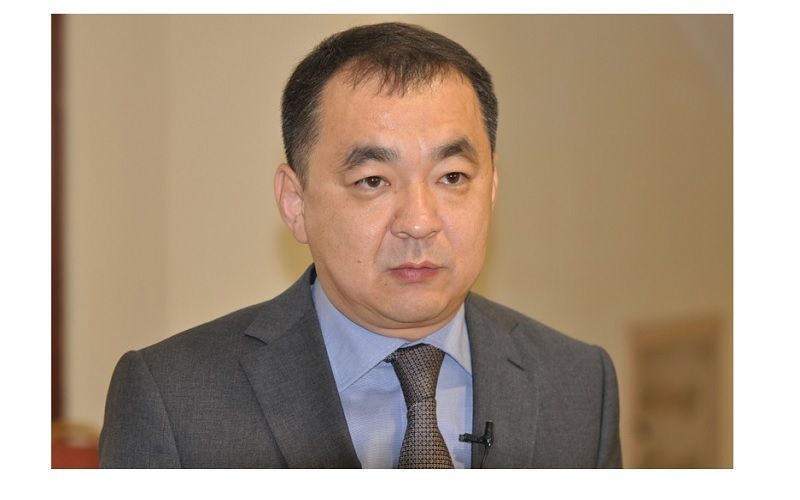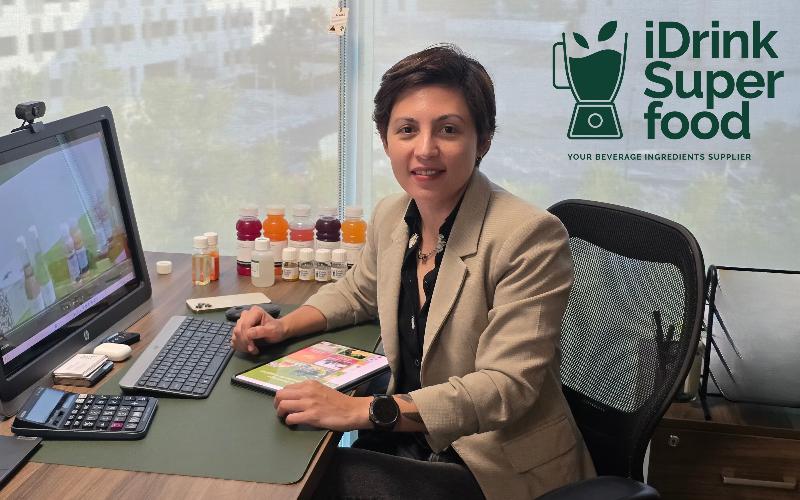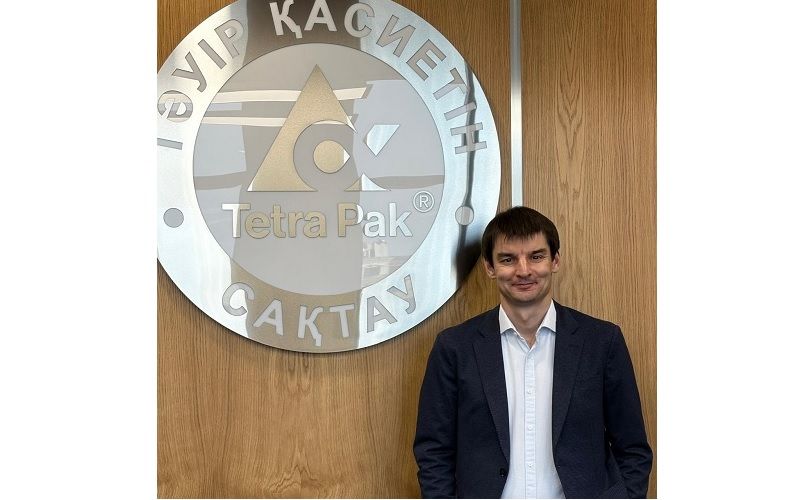Buffalo Cheese Producer Expands Supply to Medellín and Barranquilla

The price difference between cow milk and buffalo milk was a key driver of the change: while cow milk is paid at around 1,800 pesos per liter in the area, buffalo milk has reached 2,700 pesos per liter. This substantial gap improves margins and offsets the costs of transforming it into cheese.
"With it, I make cheese, and from the process remains a sweet whey that serves to feed pigs and calves. Everything is used. It's another gain," Peñaranda notes. This logic of "total utilization" allows reducing losses and optimizing resources within his farm.
The cheese he produces is artisanal, cut, and available in varying levels of hardness depending on demand. "Some ask for it hard, others semi-hard. We do as requested," says Peñaranda, emphasizing his flexibility in meeting customer requirements. This adaptability has built urban clientele loyalty on the basis of quality and reliability.
To ship his products to cities, Peñaranda relies on a local marketing company that acts as a bridge between small producers and large markets. Through this commercial chain, he not only manages to distribute in major cities but also generates employment and economic dynamism in the rural area.
A key advantage in this scheme has been the stability of the purchase price of buffalo milk, with defined agreements throughout the year. This predictable nature allows for planning investments, improving productive structure, and reducing risks against fluctuations.
Although the project is already reaping results, Peñaranda acknowledges that the market still has much ground to explore. One of the main challenges is to educate consumers about the nutritional properties, distinctive taste, and benefits of buffalo milk, still little-known in many regions.
This lack of awareness represents a barrier to massive demand but also an opportunity to position buffalo cheese as a premium product, distinctive and with added value. Thus, it would be necessary to strengthen marketing campaigns, quality certifications, and even explore ecological or health segments.
In short, Peñaranda's experience illustrates how a strategic shift towards niche products within the dairy sector can translate into higher incomes, diversified channels, and increased valuation of rural territories. With investment, training, and commercial projection, buffalo cheese could consolidate itself as a competitive option in internal Colombian markets.

